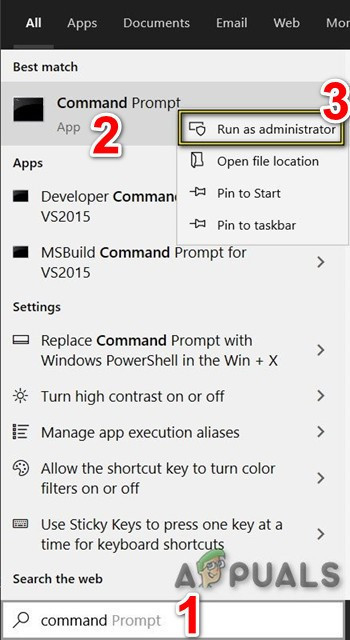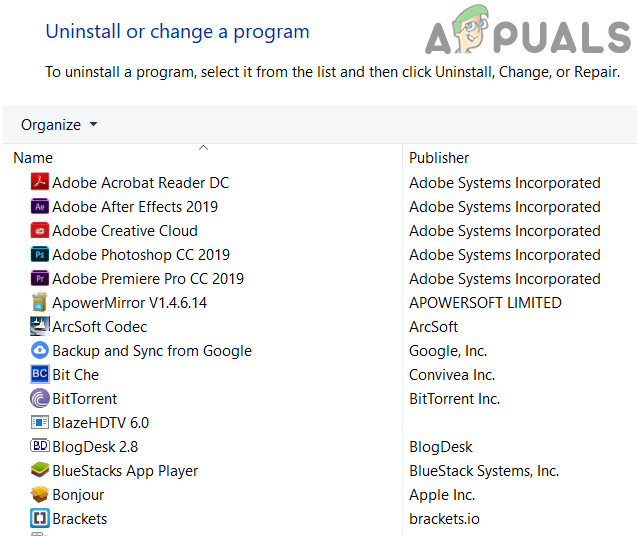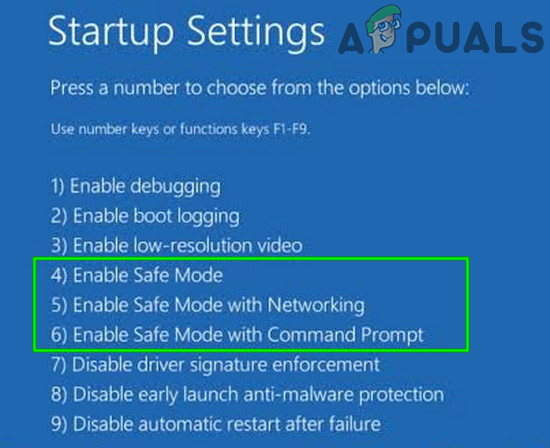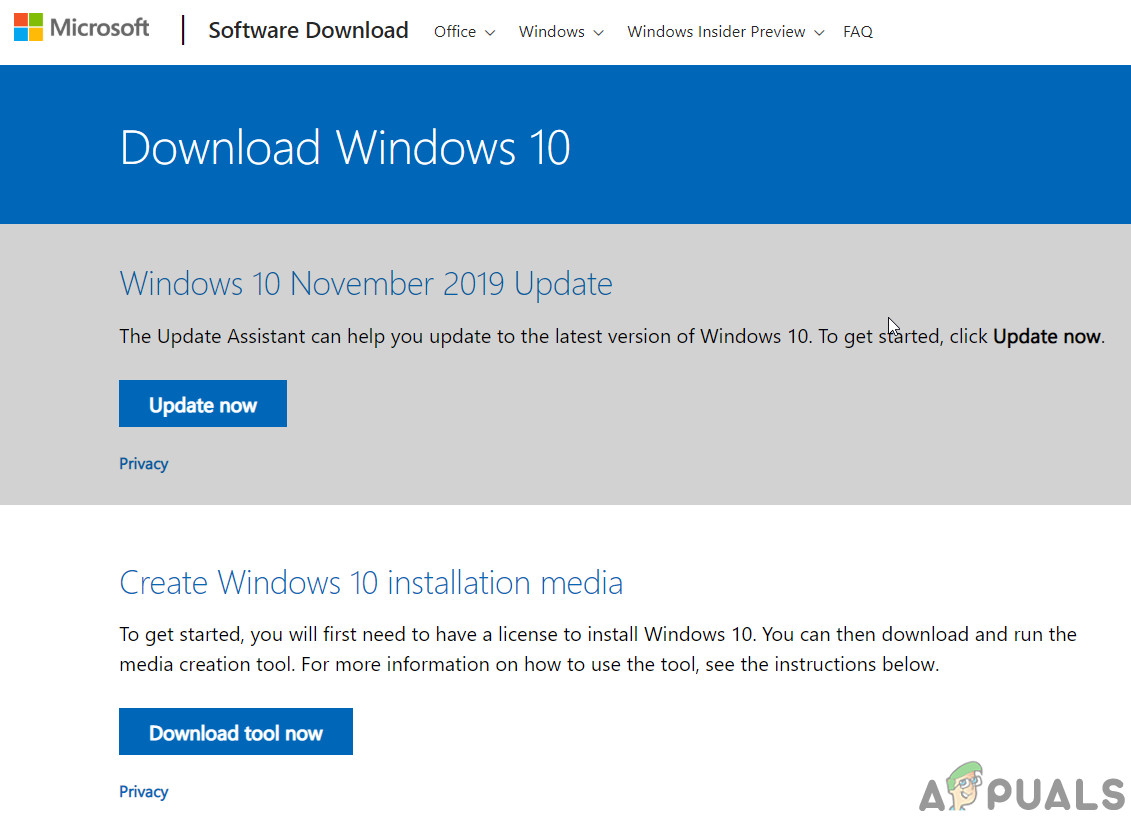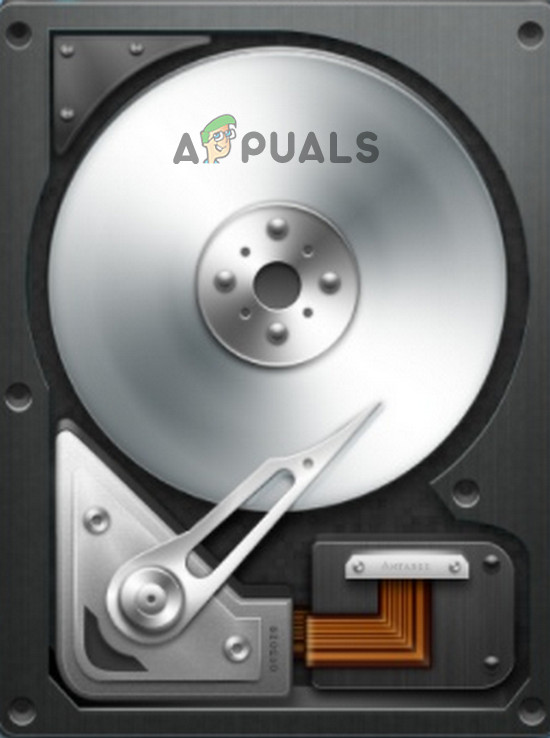Sometimes when using the CHKDSK command, users come across the error “Cannot open volume for direct access”. This error signifies that the application cannot access the drive to scan and perform its operations there. There are many different workarounds and checks make this problem go away. Start with the first solution and work your way down accordingly.
Solution 1: Exclude Drive From CHKDSK
If your computer has recently experienced a BSOD, your system might set a bit on your drive that it is faulty and will always try to run CHKDSK on it before booting your computer. If that drive is C, you will be unable to boot your computer or have similar problems. Or if another drive is corrupted similarly, you can use the solution from within the computer to exclude it from CHKDSK. After excluding the drive, we will include it again. This will practically get rid of the dirty bit and make CHKDSK scan the drive normally. Do note if you have a physically damaged drive, this solution won’t work as expected. There is no alternative to fixing a physically damaged drive. Here drive ‘D’ is being excluded from CHKDSK. You can replace the letter with the one giving you the problem. Do note that this command is not cumulative. Also, this command’s primary objective is to exclude the volumes from being checked for a dirty bit. This command will force CHKDSK to run. If the volume is in use by another application, you might get a prompt that the volume is in use. You can press Y or execute the command upon restart. This error will only occur if you follow this solution from within Windows. If you are using the command prompt from recovery options, this will not occur.
Solution 2: Check Third-Party Applications
This error may also come forward if you have any third-party drive monitoring software enabled on your computer. These applications are already accessing your hard drive which makes CHKDSK unable to perform its operations normally. Disable all these software either manually or uninstall them completely from your computer. Press Windows + R, type “appwiz.cpl” in the dialogue box and press Enter. All the applications will be listed. Uninstall the ones which monitor or ‘fix’ your hard drive. Restart your computer and see if the problem goes away.
Solution 3: Clean Boot Windows or Use Safe Mode
You can use the built-in Safe Mode in Windows to boot the system with no third-party applications running and Windows running with very limited drivers. You can also use the clean boot feature to boot with the minimum set of services and drivers. This way, you will rule out if any of the drivers/services are creating issues and causing the error message.
Solution 4: Use Bootable Media
If nothing has helped you so far, then creating a bootable media and running chkdsk through that media may solve the problem. It is likely that the very SFC mechanism in your computer is not operating as expected and causes the error message even when you try to run it. Make sure that you don’t interrupt and let the SFC scan complete through the bootable media.
Solution 5: Check Your Hard drive
If all the above solutions don’t work, consider having your hard drive checked. In many cases, CHKDSK cannot attempt to scan your computer if the hard drive is physically damaged and there is some physical problem inside. You can try inserting the drive to another computer and see if it works there. Also, try removing the drive from your computer, changing the SATA cable and port and try accessing it again. This problem also occurs if you have a faulty cable or the port is broken. If all these tips don’t work, you should consider getting it checked by a verified technician.
Microsoft’s Latest Patches Could Allow Linux Distros To Runs As Root Partition…Fix: Make Sure the File is an NTFS Volume and isn’t in a Compressed Folder or…Fix: An Unknown Direct X Error has Occurred on League of LegendsHow to fix Direct X12 Error in Halo: Infinite?

